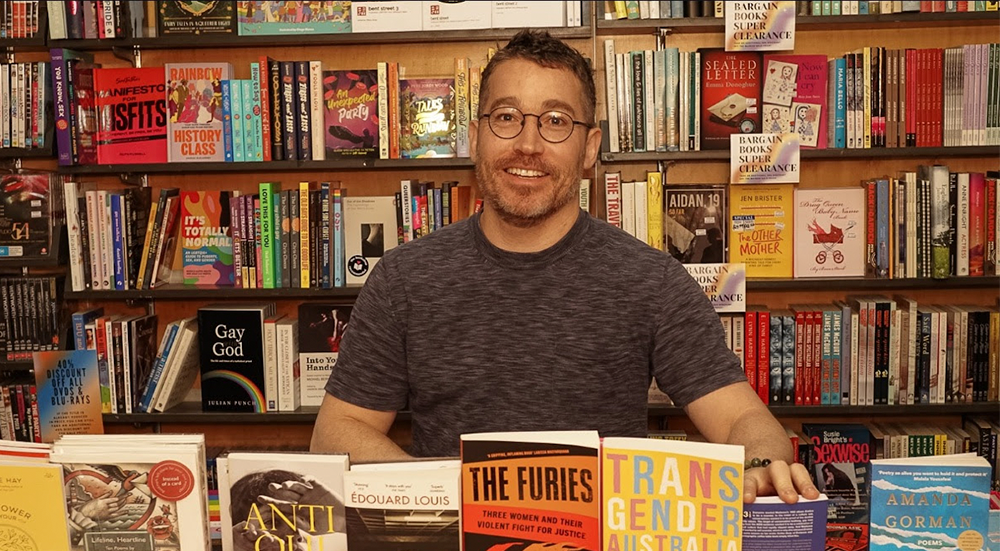
Getting a greener clean
Using environmentally-friendly cleaning techniques in your kitchen can reduce the toxins in your home as well as save you money. If the cupboard under your kitchen sink resembles the shelf in the cleaning section at Coles, you’re a sucker for advertising and polluting the environment with toxins.
So says Bridget Gardner, a sustainable living expert trying to change the way we think when it comes to keeping your home clean.
“You don’t have to use a different product for every different surface and situation,” Gardner said.
“Generally using warm soapy water with your washing up detergent to clean most surfaces is sufficient, or microfibre cloths that work with water only – no chemicals.”
Gardner, who runs her own environmentally-friendly cleaning company, says chemicals can have an effect on your health.
“The products that we buy and the chemicals that are in them affect the water we drink, the air we breathe: it’s not just when you squirt it on the surface,” she said.
In fact, she advises a good dose of pure liquid soap and bicarbonate of soda are the primary cleaning products a kitchen needs. Forgoing all other products will certainly save money.
Gardner uses only hot water to wash her cereal bowls and coffee cups, whipping out the detergent only for greasy plates.
“I minimise the amount I use and that’s protecting my house and protecting the environment,” she said.
Dispelling the myth of disinfectants will be a key part of her campaign. She says simply wiping a surface with a cloth and disinfectant spray will not properly sanitise a surface. Instead, she recommends a four-step process, which involves an initial wipe to remove crumbs etc; soaking in hot soapy water; a second wipe; then drying with a clean, chemical-free cloth.
She said many surface spray products have a solvent in them which makes them dry quickly. “These are really, really toxic – they have carcinogenic ingredients but are in very small quantities, which is why they are allowed.”
Gardner admits it can be confusing for anyone trying to buy non-toxic products, product names and descriptions such as ‘green’, ‘earth’, and ‘natural’. She is currently involved in a government-funded project to help raise consumer awareness about such labels.
But she does have some good advice. “The best way to decide is to look at what they promise: if they say it cuts through grease like an extra pair of hands then you know it’s got some pretty strong ingredients in it.”









